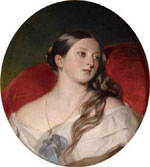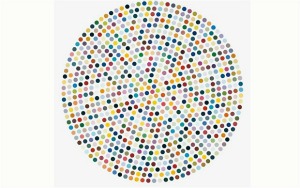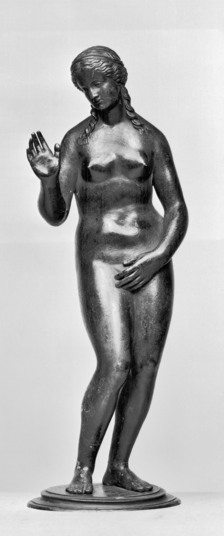Tomorrow, the International Center for the Arts of the Americas — created ten years ago at the Museum of Fine Arts in Houston — launches a digital archive of thousands of primary source documents, free to all and intended to catalyze scholarship of Latin American art.
 This is, to hear Mari Carmen Ramirez, the ICAA’s director, sorely needed. Most people tend to think of Latin American art as derivative. She says it’s not — or at least not all of it is. These documents — 2,500 from Argentina, Mexico and the American Midwest for a start — will prove her right or wrong, over time. Within three years, another 7,500 documents from Brazil, Chile, Colombia, Peru, Puerto Rico, Venezuela and around the U.S. will be added.
This is, to hear Mari Carmen Ramirez, the ICAA’s director, sorely needed. Most people tend to think of Latin American art as derivative. She says it’s not — or at least not all of it is. These documents — 2,500 from Argentina, Mexico and the American Midwest for a start — will prove her right or wrong, over time. Within three years, another 7,500 documents from Brazil, Chile, Colombia, Peru, Puerto Rico, Venezuela and around the U.S. will be added.
This is a titanic effort, which I write about in today’s Wall Street Journal, in a Cultural Conversation with Ramirez. ICAA has also planned a 13-volume book series, a symposium (Friday), and exhibitions. MFAH has spent $50 million on this effort, some taken from its own budget, most raised from foundations, donors, the NEA and the NEH.
Ramirez is, of course, the champion, but she couldn’t have done it — in fact, probably would not have been hired by the MFAH, had it not been for its late director, Peter Marzio.
Marzio embraced the idea mostly because he was looking at the demographics of Houston — but also because he knew that until Oliver Larkin wrote Art and Life in America, which was published in 1949, American art had no textbook, no academic foundation from which to teach it.
So I asked Ramirez what MFAH’s incoming director, Gary Tinterow, thinks about the ICAA. “We have not had a chance to talk about it yet,” she said on Dec. 30 (when I traveled to Houston to interview her). “But the trustees have had conversations with him about it. And the first thing he told me is that he wants to go to Latin America. He’s never been.”
Photo Credit: Courtesy of The Houston Events CalendarÂ
Â

 The series, which began in New York last week, reminded me of another radio series that BBC Radio is about to launch: Beginning next month, to mark the Queen’s diamond jubilee,
The series, which began in New York last week, reminded me of another radio series that BBC Radio is about to launch: Beginning next month, to mark the Queen’s diamond jubilee,  Here’s the series description:
Here’s the series description: First off, despite the breadth of works shown around the world, these are not the “complete” spot paintings. Hirst has taken credit for about 1,400 of them, and only 331 are on view in this global exhibition. About half of those on view are for sale, with the rest borrowed.
First off, despite the breadth of works shown around the world, these are not the “complete” spot paintings. Hirst has taken credit for about 1,400 of them, and only 331 are on view in this global exhibition. About half of those on view are for sale, with the rest borrowed.
 They each get a medal, an eight-point, green-enameled asterisk — gilt for Tinterow, silver for Barnet, and a green ribbon with four vertical white stripes. Tinterow’s also has a little circle in the middle, shown at right.
They each get a medal, an eight-point, green-enameled asterisk — gilt for Tinterow, silver for Barnet, and a green ribbon with four vertical white stripes. Tinterow’s also has a little circle in the middle, shown at right. 